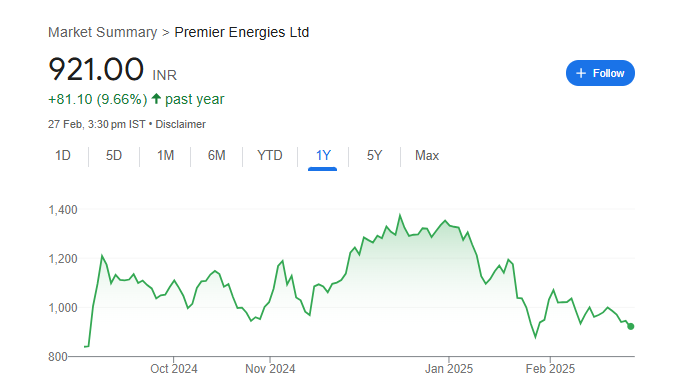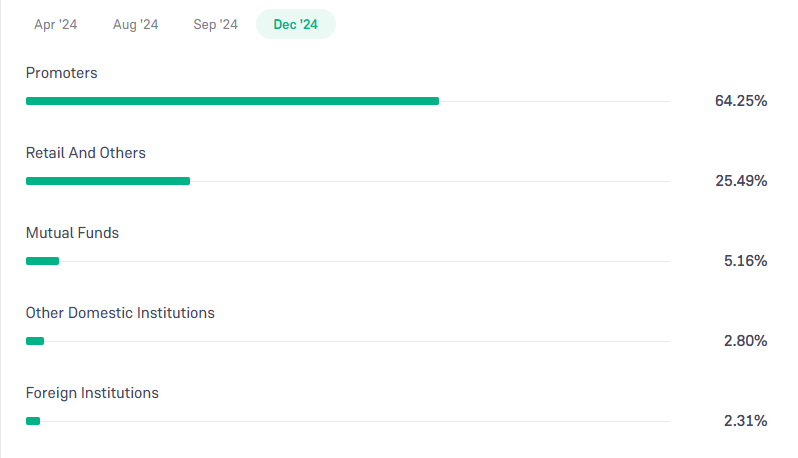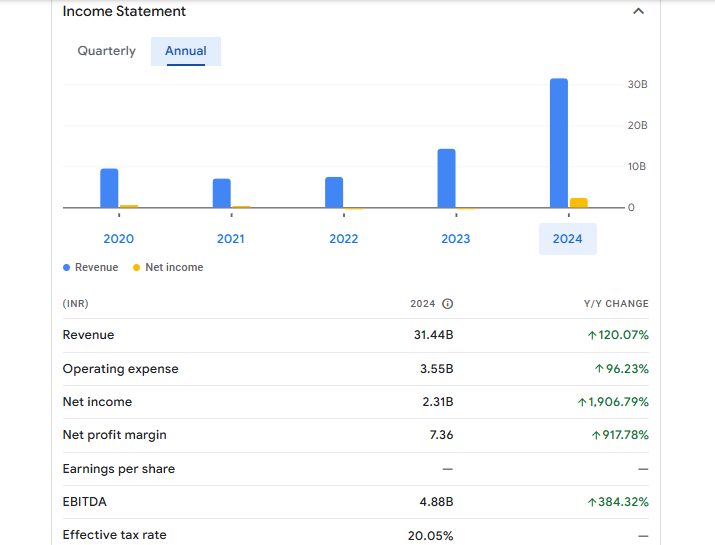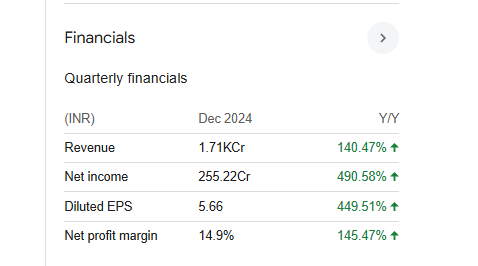Premier Energies is a well-known name in India’s renewable energy sector, specializing in solar power solutions. With the growing demand for clean energy and government support for solar projects, the company has strong growth potential. Investors are keen to understand its share price target as it expands its production capacity and explores new opportunities. Premier Energies Share Price on 27 February 2025 is 921.00 INR. This article will provide more details on Premier Energies Share Price Target 2025, 2026 to 2030.
Premier Energies Company Info
- Founded: 1995
- Headquarters: India
- Number of employees: 1,447 (2024)
Premier Energies Share Price Chart

Premier Energies Share Price Details
- Today Open: 952.90
- Today High: 953.55
- Today Low: 907.35
- Mkt cap: 41.24KCr
- P/E ratio: 50.96
- Div yield: N/A
- 52-wk high: 1,388.00
- 52-wk low: 802.10
Premier Energies Shareholding Pattern
- Promoters: 64.25%
- Foreign Institutions: 2.31%
- Mutual Funds: 5.16%
- Retails and others: 25.49%
- Domestic Institutions: 2.80%

Premier Energies Share Price Target Tomorrow 2025, 2026 To 2030
- 2025 – ₹1390
- 2026 – ₹1630
- 2027 – ₹1850
- 2028 – ₹2065
- 2029 – ₹2315
- 2030 – ₹1540
Premier Energies Share Price Target 2025
Premier Energies share price target 2025 Expected target could be 1390. Premier Energies is a prominent player in India’s renewable energy sector, focusing on solar power solutions. The company’s share price target for 2025 will be influenced by several key factors that could drive its growth. Here are six important aspects to consider:
1. Expansion of Solar Energy Capacity
India’s solar power market is projected to grow significantly, with an expected addition of 175-180 GW between 2025 and 2030. This surge is driven by increasing demand across various sectors, supportive government policies, and declining costs. Premier Energies stands to benefit from this expansion by increasing its production capacity and market share.
2. Government Initiatives and Policies
The Indian government’s push towards renewable energy, through programs like ‘Make in India’ and the Production Linked Incentive (PLI) scheme, aims to bolster industrialization and self-reliance in energy production. These initiatives are expected to double annual solar capacity additions over the next few years, providing a favorable environment for Premier Energies’ growth.
3. Strategic Partnerships and International Expansion
Collaborations, such as the joint venture with Heliene to establish a new U.S. manufacturing facility with an annual capacity of 1 GW N-Type cells, enable Premier Energies to tap into international markets. This expansion can lead to increased revenues and a stronger global presence.
4. Financial Performance and Profitability
Premier Energies has demonstrated robust financial growth, with a net income increase of 54% over the past five years and an annual revenue growth of 42.46%, outperforming its three-year CAGR of 15.07%. Sustaining this financial momentum is crucial for achieving the 2025 share price target.
5. Export Opportunities and Profit Margins
Exporting solar modules, particularly to markets like the U.S., has proven highly profitable for Premier Energies. The return on capital employed (ROCE) for exports exceeds 72%, significantly higher than the 22%-28% ROCE from domestic manufacturing. Capitalizing on these opportunities can enhance profitability and investor confidence.
6. Technological Advancements and Innovation
Staying at the forefront of technological innovation is vital in the rapidly evolving renewable energy sector. Premier Energies’ commitment to adopting advanced technologies and developing efficient solar solutions can provide a competitive edge, attract new customers, and drive growth leading up to 2025.
Premier Energies Share Price Target 2030
Premier Energies share price target 2030 Expected target could be ₹1540. Premier Energies, a key player in India’s renewable energy sector, faces several risks and challenges that could influence its share price target by 2030. Here are six critical factors to consider:
1. Investment Shortfalls in Renewable Energy
India’s ambitious goal to achieve 500 GW of non-fossil fuel power capacity by 2030 requires substantial investment. However, the current financial inflows into the renewable sector are significantly below the necessary levels, potentially hindering Premier Energies’ expansion plans and affecting its market valuation.
2. Policy Uncertainties and Regulatory Hurdles
The renewable energy landscape is heavily influenced by government policies. Uncertainties or sudden changes in regulations can disrupt project timelines and financial planning. For instance, Premier Energies recently paused its plans for a U.S. solar cell plant due to policy ambiguities, highlighting how regulatory challenges can impact strategic initiatives.
3. Infrastructure and Land Acquisition Challenges
Developing renewable energy projects often involves securing large tracts of land and establishing robust transmission networks. Difficulties in land acquisition and inadequate transmission infrastructure can lead to project delays and increased costs, posing significant challenges to Premier Energies’ operational efficiency and profitability.
4. Intense Market Competition
The solar energy sector in India is becoming increasingly competitive, with numerous players vying for market share. This competition can lead to price wars, reduced profit margins, and the necessity for continuous innovation. Premier Energies must navigate this competitive landscape effectively to maintain and grow its market position.
5. Environmental and Disposal Concerns
The disposal of solar panels and batteries presents environmental challenges due to the potential for hazardous waste. Addressing these concerns requires adherence to stringent environmental regulations and the development of sustainable disposal methods, which can increase operational costs and impact profitability.
6. Dependence on Foreign Technology and Supply Chains
Despite efforts to boost domestic manufacturing, India’s solar industry still relies on imported components, particularly from China. This dependence exposes companies like Premier Energies to geopolitical tensions, supply chain disruptions, and price volatility, which can affect production schedules and costs.
Financials Statement Of Premier Energies
| (INR) | 2024 | Y/Y change |
| Revenue | 31.44B | 120.07% |
| Operating expense | 3.55B | 96.23% |
| Net income | 2.31B | 1,906.79% |
| Net profit margin | 7.36 | 917.78% |
| Earnings per share | — | — |
| EBITDA | 4.88B | 384.32% |
| Effective tax rate | 20.05% | — |



